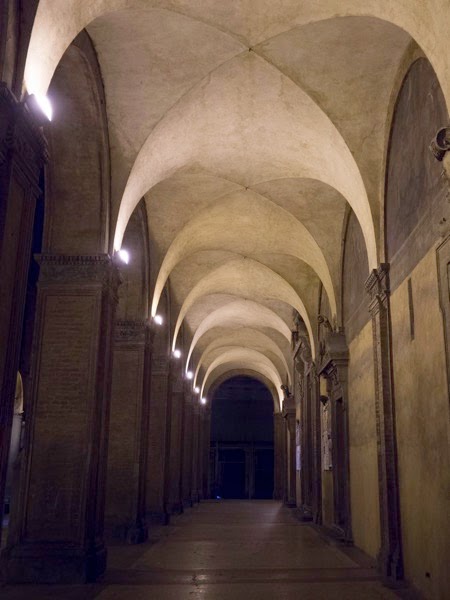"Calvary", a film by John Michael Mc Donagh
When I heard that Brendan Gleeson was starring in “Calvary” new film about an Irish priest from John Michael Mc Donagh my first reaction is surely this will be a comedy. After all, Gleeson was excellent in The Guard (McDonagh’s previous film), a dark farce about a racist policeman combatting drug smugglers in the wilds of Ireland. It’s hard to imagine a film set in Ireland about priests without thinking of the popular television comedy series Father Ted. However, after the numerous child abuse scandals in Ireland in recent years, it is hard to imagine anyone making any more comedies about priests in Ireland.
But “Calvary” asks this question: after all these scandals and the general drift of Ireland towards atheism and a downright distaste of the church, priests and organised religion, what must it like to be a good priest? And it addresses this question in a way which is both funny, moving and thought-provoking.
The film starts with a brilliant set-up: in the confessional, a parishioner tells our priest, Father James, that he was abused in childhood by the clergy during many long years. He wants revenge, but all the perpetrators are dead. In any case, it would be so much more shocking, the man reasons, to kill a good priest rather than a bad one. So he announces that in one weeks’ time, on the beach, he will kill Father James. The remainder of the film chronicles the last seven days of Father James’ life.
The film is set in Sligo, under the shadow of Ben Bulben, the famous mountain overlooking the graveyard where Yeats is buried. Ben Bulben is a curious flat-topped rocky outcropping that popped from the ground after the glaciers retreated. It is present in many scenes, it is there in the corner of the image, surrounded by flat green fields and rolling seas. Against this canvas, Father James meets a series of characters from the small village where he lives. None of them have much respect for him, or, more precisely, the institution he represents. Nevertheless, he wears his black soutane throughout almost all of the film and is never ashamed of it. How to be a priest in these times? Each person in the village has their own particular reason to dislike the church, and at times the conversations edge towards cliche. All the archetypes are there: the rich banker, the skeptical doctor, the hedonist, the American writer living on his island, the black guy (played with cool grace by Jarmusch favourite Isaach de Bankolé). Father James tries to help these people, or at least listen to them. There is also abundant amounts of the black humour that Ireland is renowned for.
Father James keeps his appointment on the beach on Sunday morning. The day before, he considers leaving, going to Dublin, but at the airport he meets the only person in the film who has any religious instincts: a French woman who has lost her husband in a car accident. She is accompanying her husband’s body back to Italy. It is Saturday evening. In next scene, Father James is at home in bed and it is Sunday morning. He has decided, instead, to face his fate.
It is hard to imagine a film which could make people admit to having positive thoughts about organised religion and the church in Ireland. But Calvary succeeds in doing this. Father James’ character is an imperfect one. He likes a drink, he is not a saintly man. His act is not a grand thing, it is done casually: In Ireland we like understatement. Finally, at the end, he meets his destiny with stoicism and grace.


